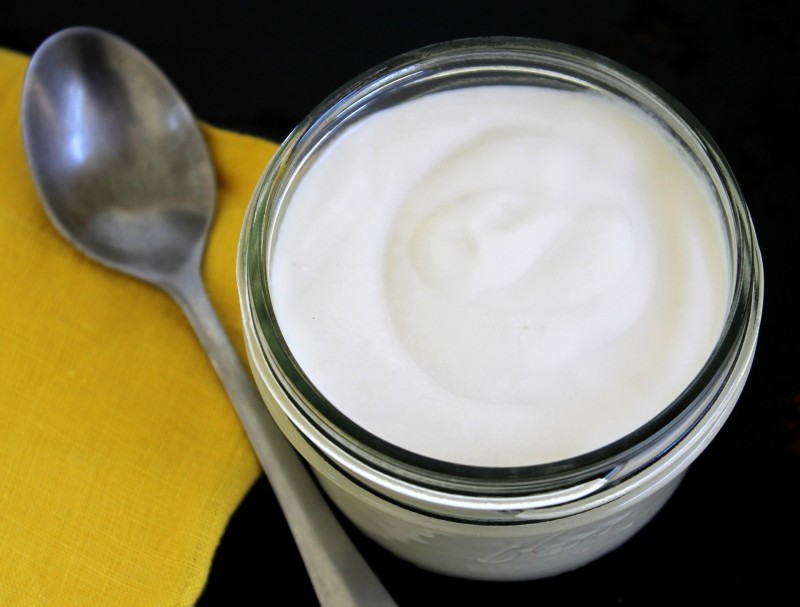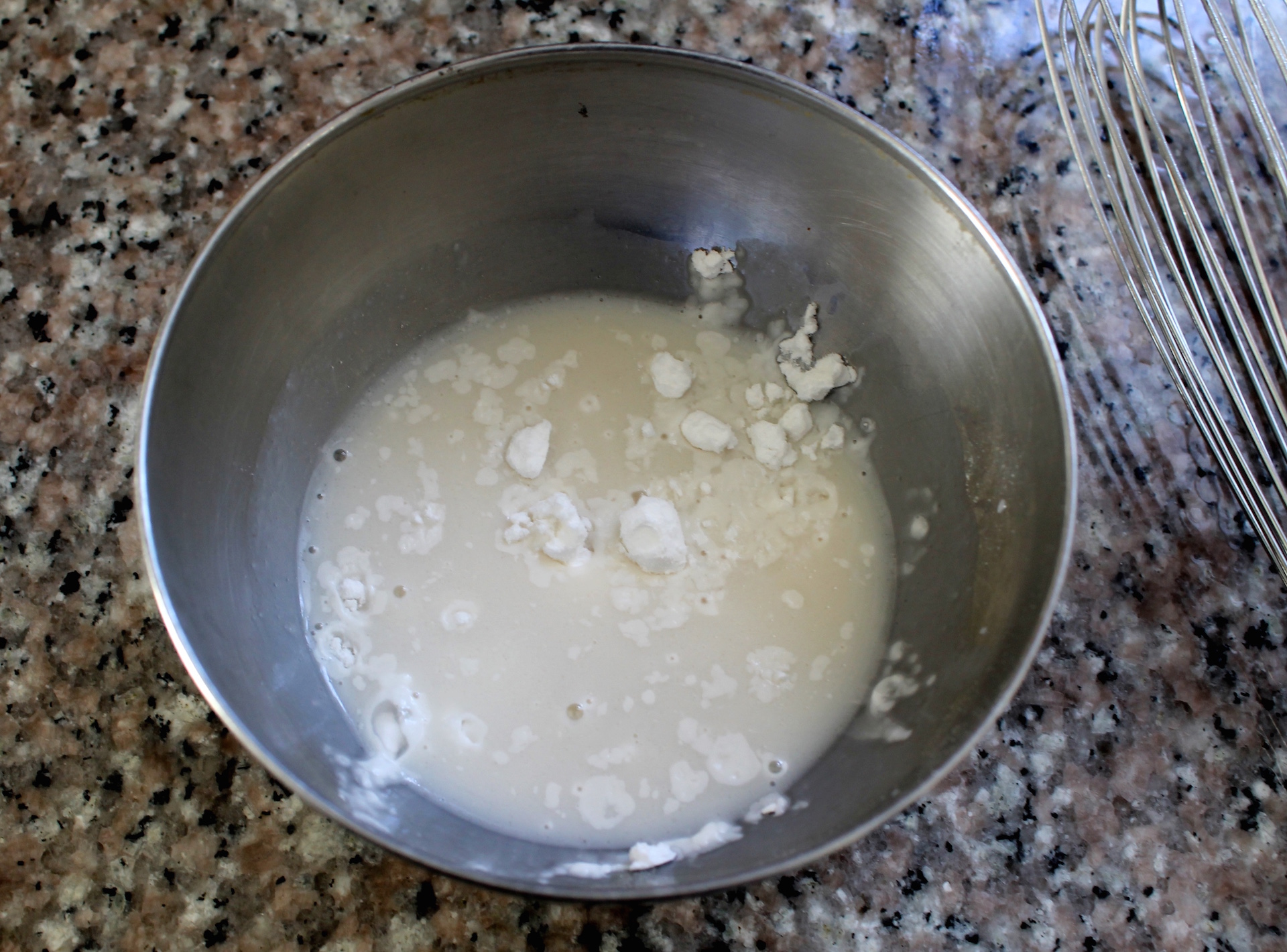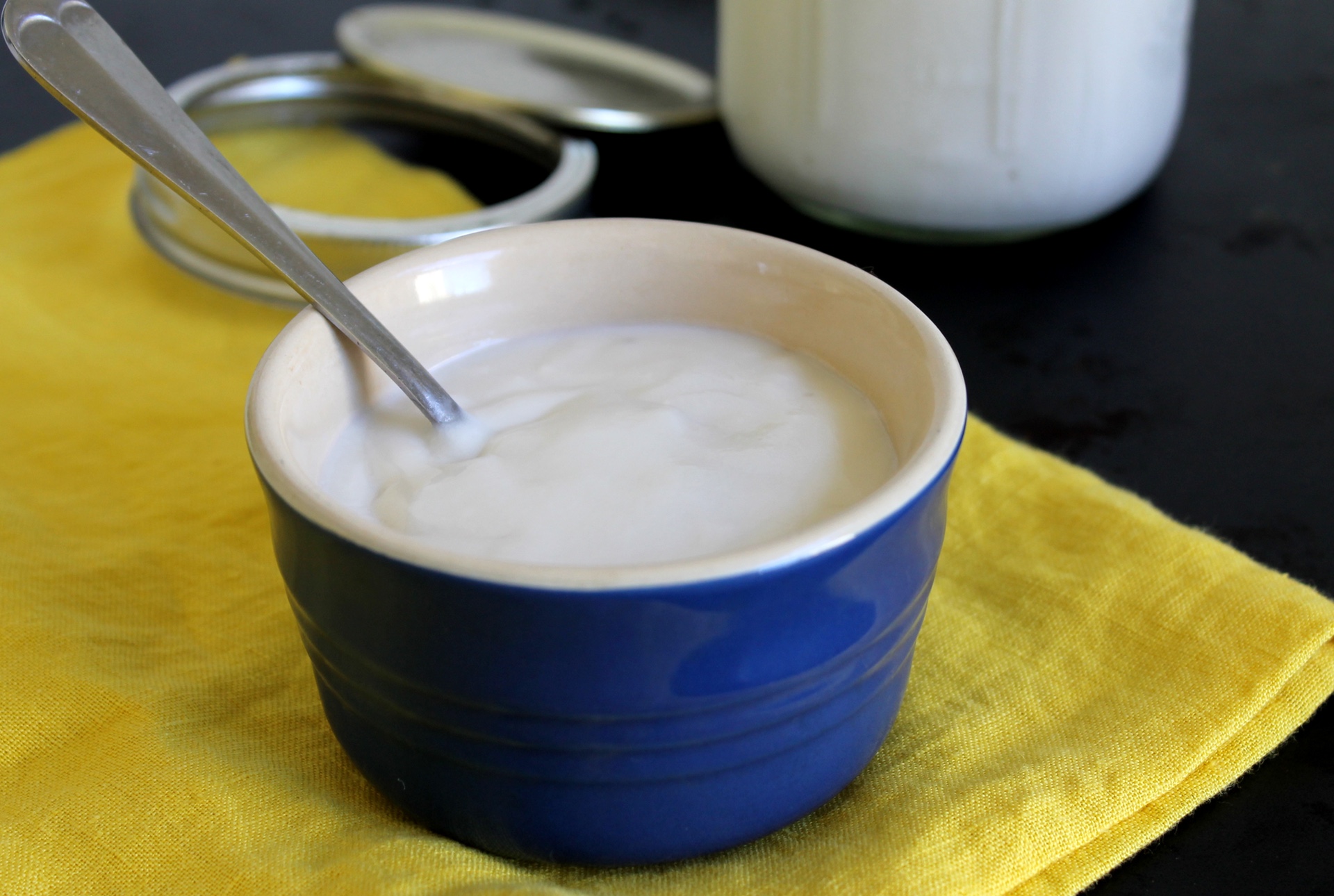Non-dairy yogurt is tricky. The options available for purchase at most grocery stores suffer from too much sugar or an abundance of thickeners and stabilizers, and the one successful non-dairy yogurt I’ve tried is wildly expensive. These problems make sense, though — plant-based milks don’t have the same protein, sugar, and fat structure as cow’s milk and so they behave much differently when inoculated with yogurt cultures.
But these issues don’t mean that there isn’t a way to eat good, cultured non-dairy yogurt. You just have to make it yourself.
The process isn’t exactly easy, and it works best when you use homemade almond milk as part of the base. (I know, that means there are two recipes in one here. And yes, you could use a bottle of the higher-end additive free almond milks that are now becoming available in the Bay Area. I chose to use homemade nut milk because it is far cheaper.) But the results are so far beyond that which you can purchase in stores that I think the work is totally worth it.
Before beginning the recipe, you’ll need to order yogurt cultures online. Cultures for Health sells a vegan yogurt starter; if you’re not sensitive to dairy, you can also use a traditional yogurt starter from Cultures for Health or YoGourmet. I have read that others have been successful using the contents of probiotic capsules as a yogurt cultures, but I haven’t tried it myself. These capsules might be a good alternative for anyone with very specific food allergies and intolerances (Cultures for Health starters may contain gluten and soy; YoGourmet contains dairy and may contain soy). If you do try probiotic capsules, you will want to include the optional sweetener in the recipe. Non-dairy milks are low in sugar and the cultures need the sweetener to thrive. Both Cultures for Health and YoGourmet include some form of sugar in their starters.
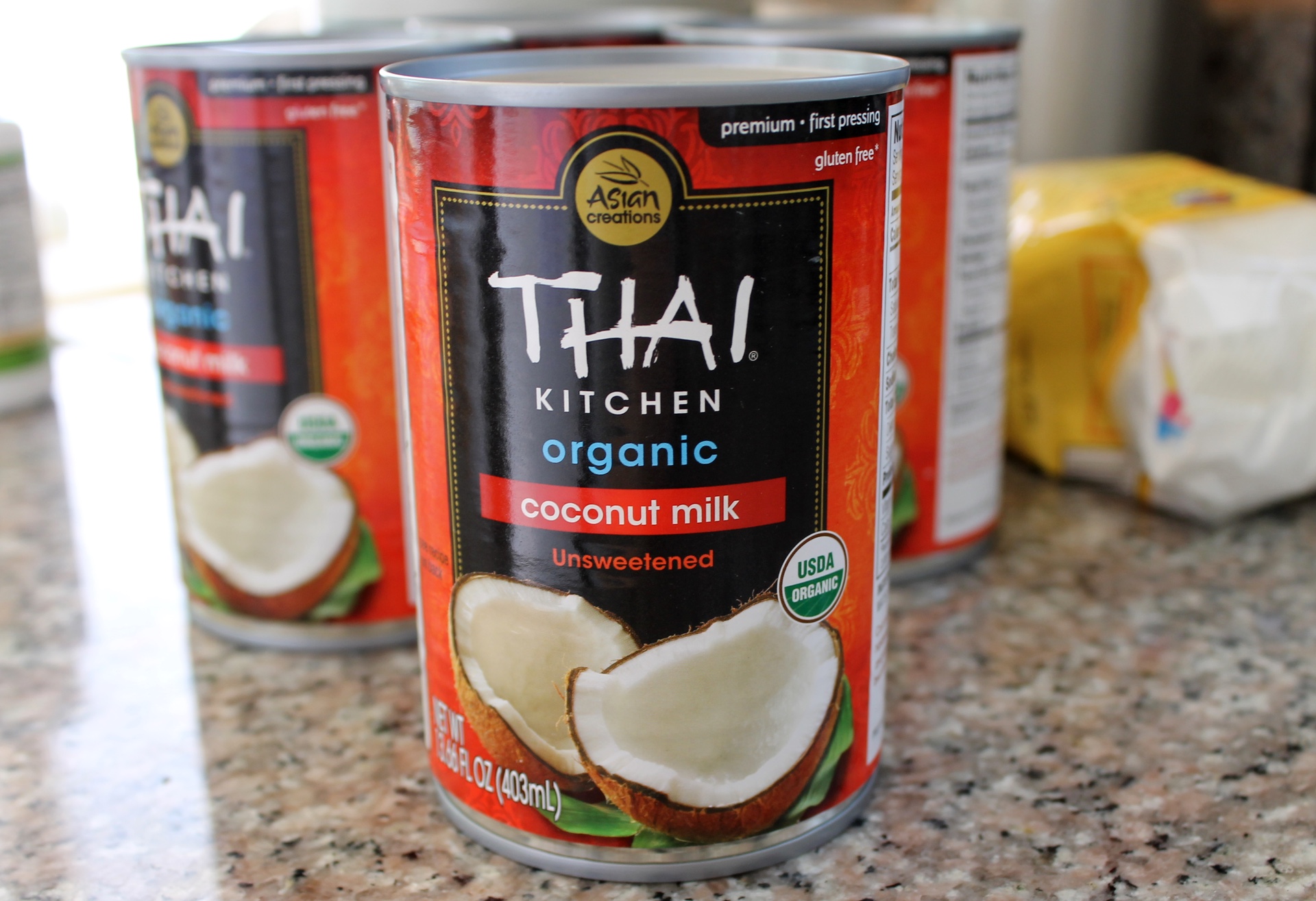
Next, the milk. When I performed my non-dairy yogurt taste test earlier this month, my favorite yogurt contained both coconut and almond milk, and I found that I preferred that blend in my homemade yogurt as well. You can make this recipe using all coconut or all almond milk, but the texture of the yogurt will change. If you plan on making an everyday yogurt with 100 percent coconut milk, you’ll want to thin it with water; I preferred using one 14-ounce can of full-fat coconut milk mixed with 1 1/2 cups water. It will be slightly lighter than the yogurt made with some almond milk. Yogurt made with two cans of coconut milk is very rich and decadent. It makes a good substitute for sour cream or creme fraiche, but I wouldn’t eat it with my granola.
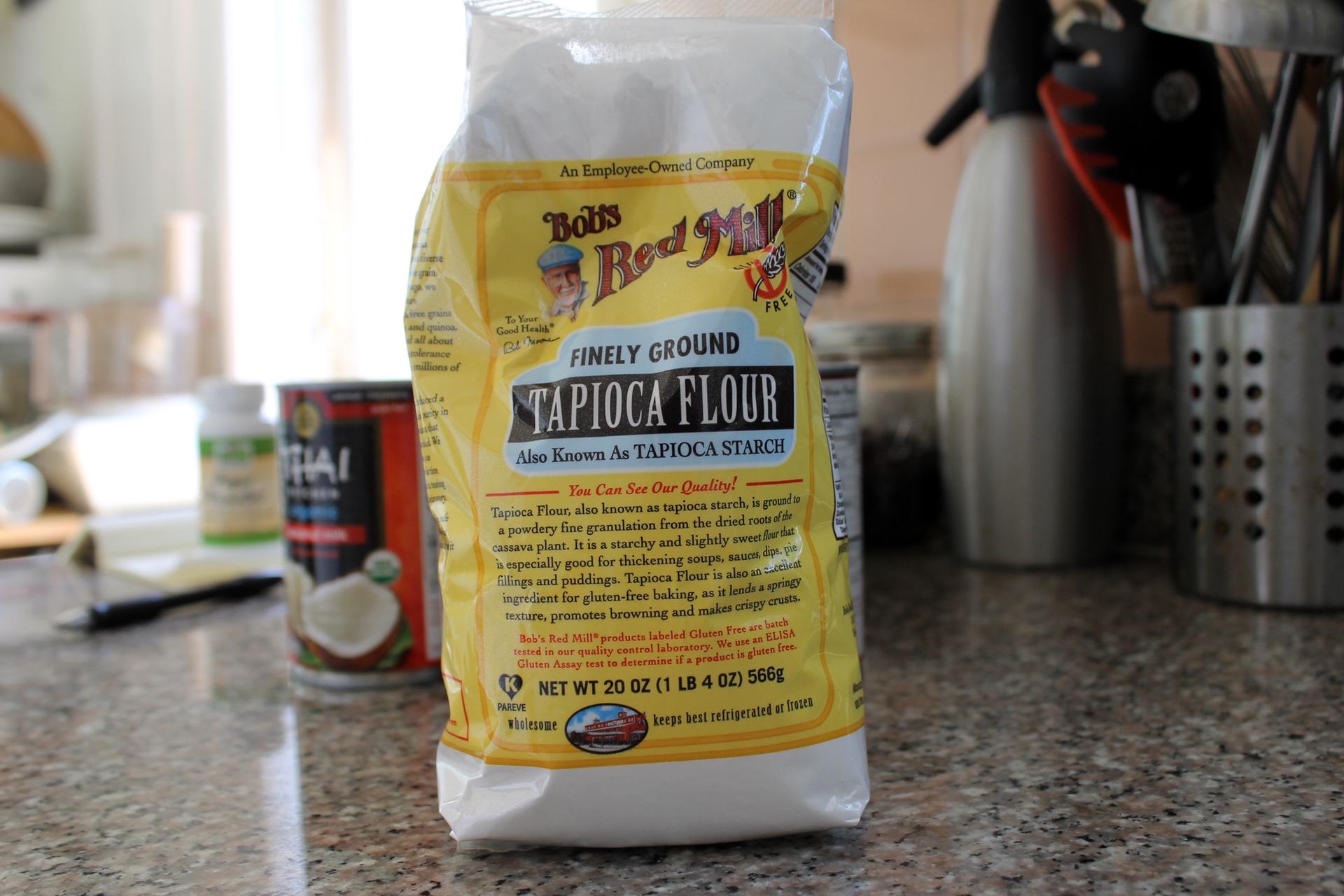
In addition to the cultures and milk, you will need to add a thickener. I was hesitant to add any sort of stabilizer because I found the texture to be off-putting in so many of my store-bought taste tests. However, coconut and almond milk won’t really thicken on their own.
